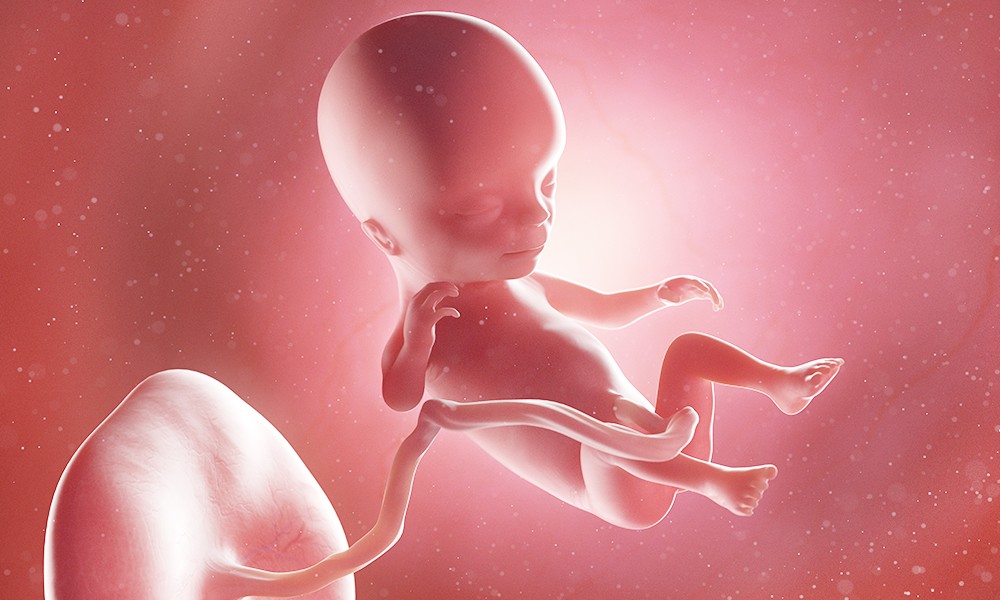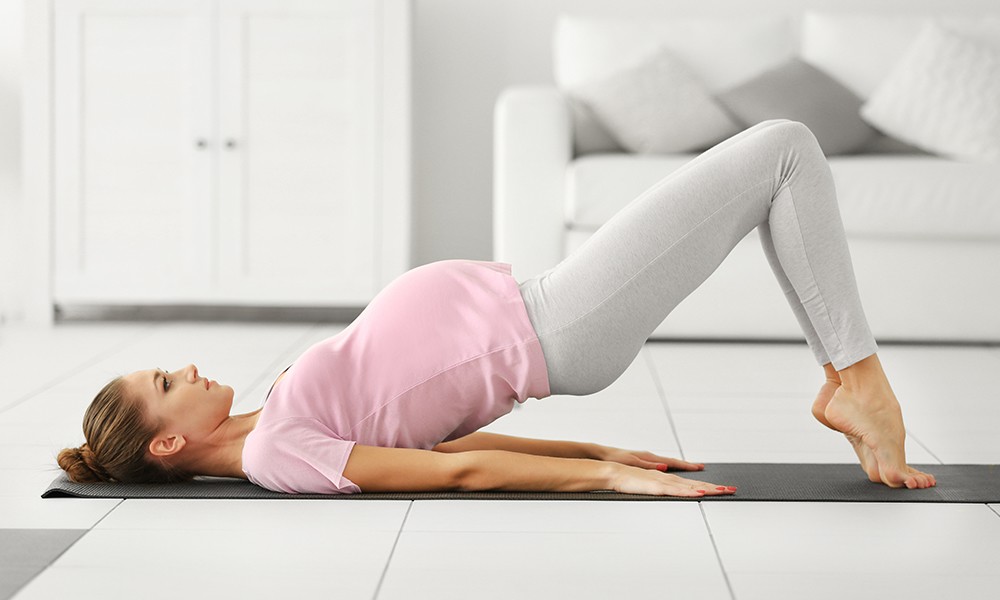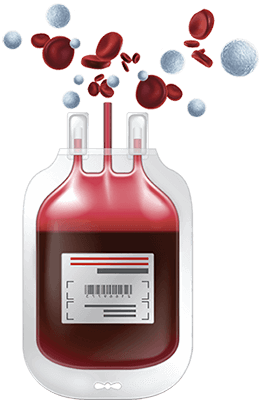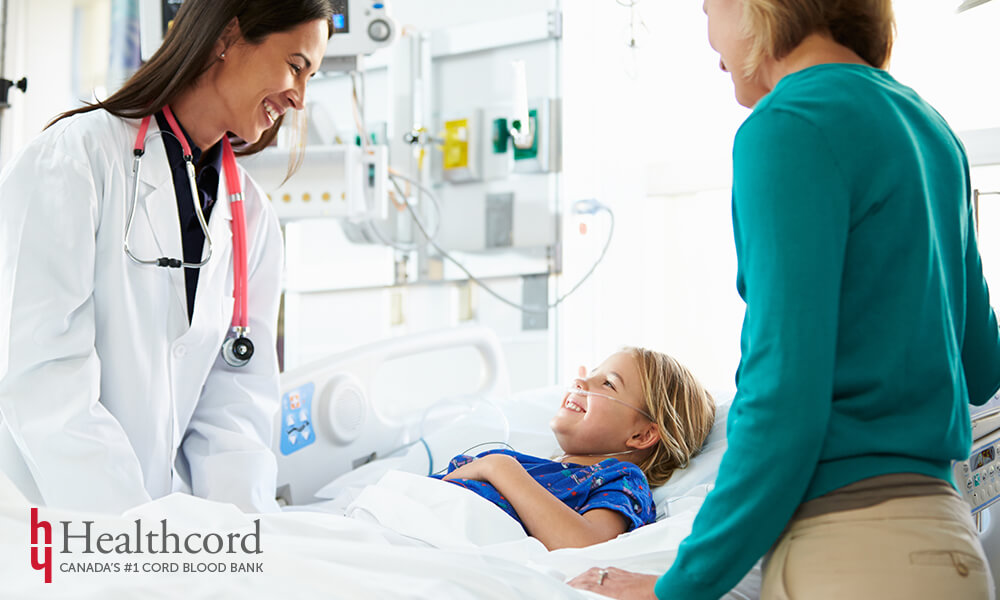Canada's Largest & Oldest Cord Blood Bank
Welcome to the second trimester, aka the honeymoon phase of pregnancy. Now that you are feeling better, it is time to get active, make checklists and get things done.
This Week’s Highlights
Your baby is growing hair
Your baby’s genitals are now fully developed
Your bump will finally “pop” this week
Your Baby at 14 Weeks
Your baby is the size of a nectarine, measuring about 3.4 inches (8.7 centimeters) from head to rump and weighing in at about 1.5 ounces (43 grams).
Baby Development at Week 14
Now that the neck is developed and the limbs have gotten longer, your baby is finally starting to look like a little person. Your little ones body is growing faster at this stage to catch up with the big head.

New this week is lanugo, which is the name for the very fine hair that will grow all over your baby’s body. This hair will get thicker over time, and will help your baby regulate body temperature by binding to a protective waxy substance called vernix. This waxy coating will shed closer to the end of pregnancy, but you may see this white waxy, cheese-like substance in baby’s born preterm.
Your little one is moving quite a bit now, flexing his or her limbs and even wiggling fingers. You may not be able to sense it yet, but if you poke your belly, your baby will move in response.
Your baby’s facial features are also rapidly evolving. If you can see them, you will see your baby squinting, grimacing and making faces at you.
Many of your baby’s systems are developing full steam ahead such as the kidneys and the liver. The digestive system is now making meconium, which you will see in your newborns first few bowel movements.

Pregancy Tip
Your breasts might start leaking this week. It’s completely normal and there’s no reason to be alarmed. Consider investing in some breast pads.

Your Bump at 14 Weeks
If it hasn’t already, your belly may “pop” this week. This means your bump will finally start to look distinct from the pouch that resembles bloating or gas.
Just remember, every mom is different and every belly is different. The size and shape of your belly will be unique to you.
How Your Body is Changing
You will also find that symptoms of morning sickness will taper off and you are not taking as many trips to the bathroom. This is because your uterus has finally moved up into your lower abdomen from your pelvic region. It is no longer pressing down on your bladder.
The top of your uterus is called the fundus, and you may be able to feel it if you press down on your belly. From now on, your healthcare provider will be measuring your fundal height (distance between your pelvic bone and the top of your uterus) at your prenatal appointments. This measurement should approximately match how far along you are in your pregnancy in weeks.
You will probably notice that your hair is growing thicker and becoming more luscious. This is one pregnancy size effects you will come to love.
How Far Along are You?
14 weeks in, 26 weeks to go! You are in the second trimester of your pregnancy. Even though pregnancy is measured in weeks this means you are in your fourth month of pregnancy.
Diet and Exercise at Week 14
This trimester you will gain weight steadily. It is recommended that you increase your daily food intake by an extra 300-350 calories to support your baby’s growth. Try to provide your baby healthy and nutritious foods. This may also be a good time to refresh your memory about the foods that should be limited or avoided during pregnancy, such as uncooked shellfish, raw meats and high mercury fish.

Most expectant moms feel more energetic during their second trimester. Expend your energy well by staying active. Walking or moving throughout the day will help enhance your circulation and keep varicose veins at bay. Exercise also has added benefits of helping your cope with back pain, round ligament pain and your labour, when it comes time to deliver the baby. Try to get in at least 30 minutes of exercise each day.

Stem Cell News
Many new stem cell therapies may become available in the lifetime of your baby. Give your child access to these potential new therapies by preserving his or her newborn stem cells.
Pregnancy Symptoms at Week 14
Round ligament pain – Several thick ligaments support your growing belly. The round ligament joins the front of your uterus to your groin area. As your belly grows, this ligament gets stretched. So, when there’s pressure on the round ligament you may notice pain. The pain can be sharp or it may be a dull, aching pain that originates from one or both sides of your abdomen. You may feel like you have a sore stomach. You may want to wear a belly band and avoid the sudden movements that initially caused ligament pain.
Stuffed up sinuses – You may notice that your nose is more congested now, making it feel like you have allergies or a cold. About 65% of expectant moms experience sinus congestion and the hormone progesterone is behind it. Remember that progesterone increases blood circulation. Increasing the blood supply to the mucus membrane of the nose causes them to swell, leading to irritation and inflammation.
Leg cramps – Leg cramps can be frequent in the second and third trimesters of pregnancy. They may be more frequent at night, interrupting your much-needed rest. While the causes behind leg cramps are not fully understood, there are several remedies that can reduce their frequency and duration. Staying hydrated, stretching, resting your feet when possible, and including more calcium and magnesium in your diet can be helpful.
Varicose veins – Varicose veins are caused when blood vessels just under your skin become swollen and twisted. Varicose veins in the leg are most common during pregnancy, and results from the increase in circulation. Extra blood during pregnancy is essential for supporting you and your baby; however, this can put extra pressure on your blood vessels. Remember the progesterone relaxes all smooth muscles including your blood vessels, so the veins in your legs now have to work extra hard to push the blood back to the heart. Increased circulation coupled with relaxation of smooth muscles creates the perfect condition for varicose veins.
Invest in Your Baby’s Future by Preserving Newborn Stem Cells



